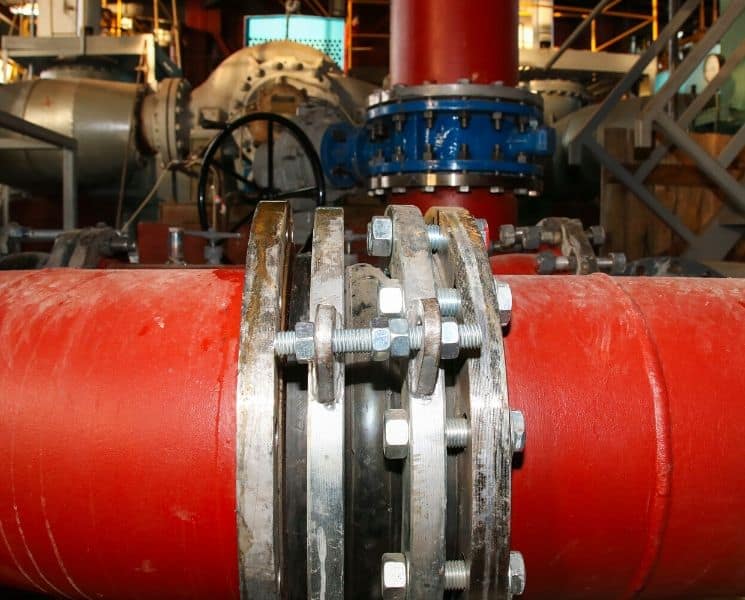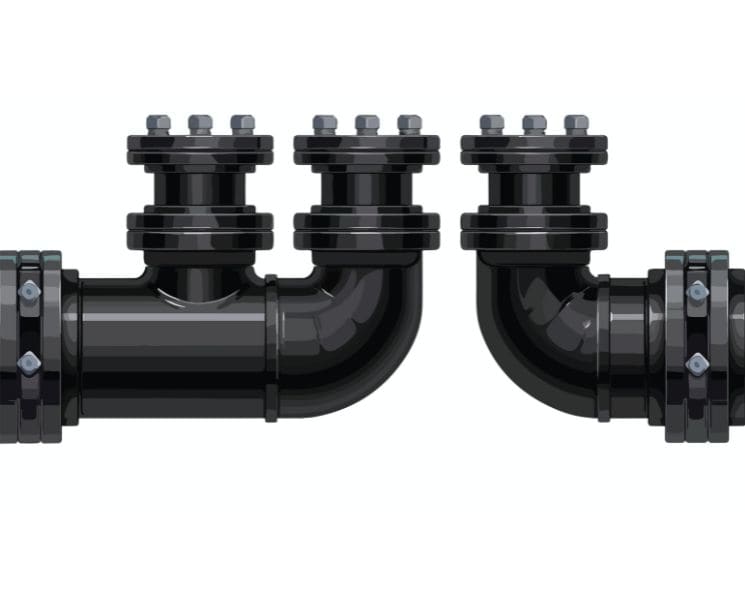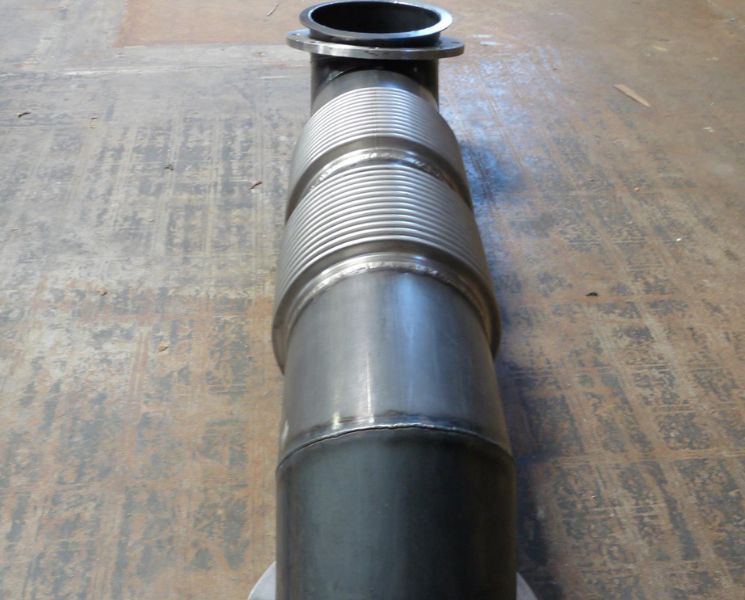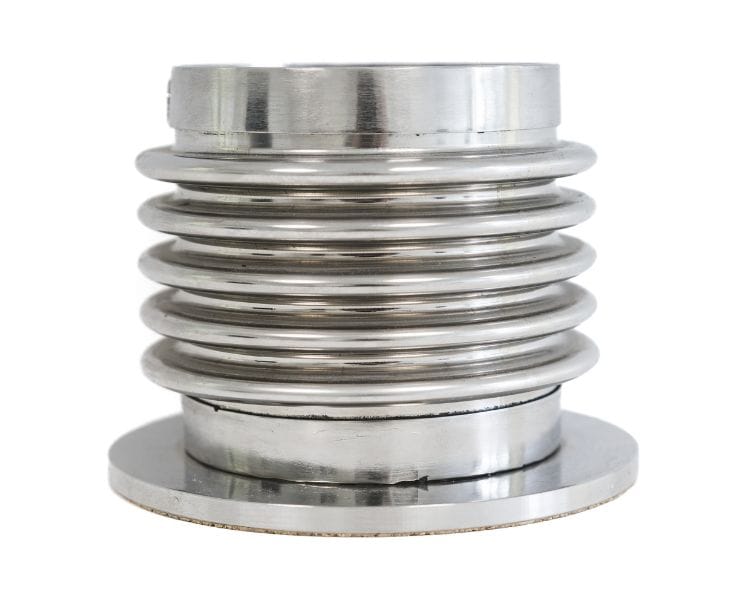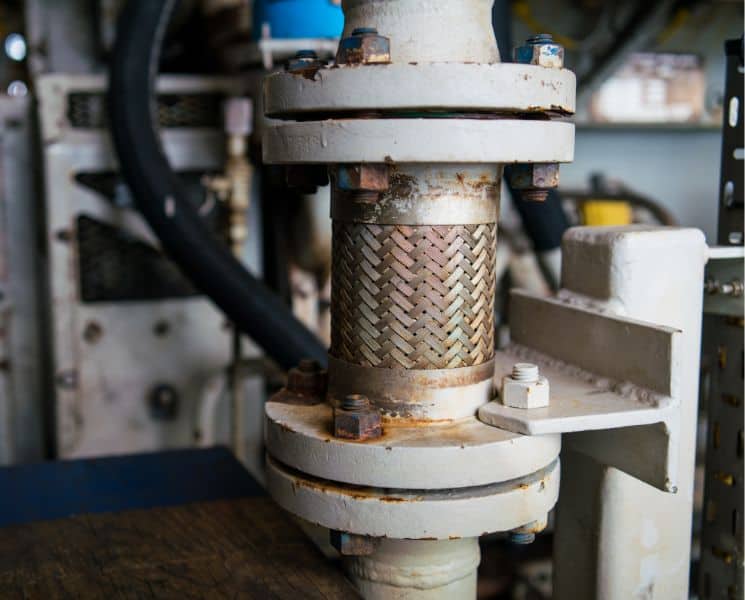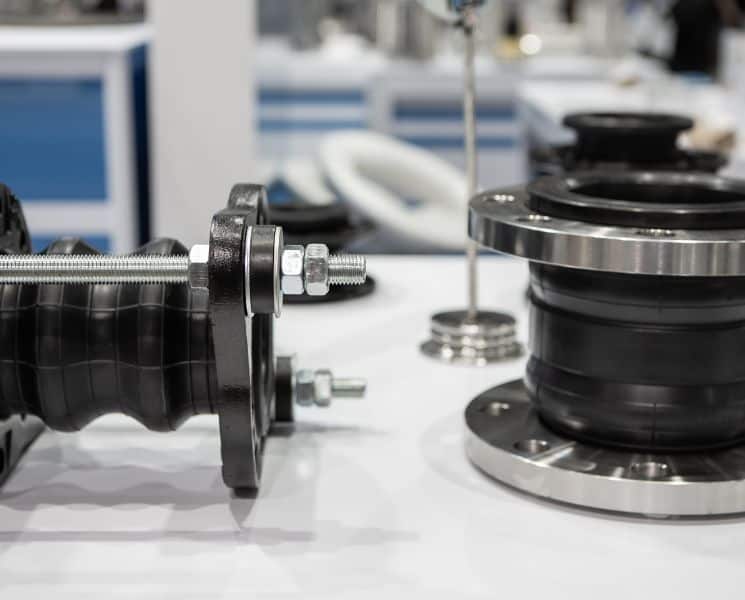Expansion joints lend integrity to a piping system in industries as divergent as power plants and marine technology. Concerning the latter category, expansion joints allow cargo ships to release their main engines’ exhaust more easily. To learn more about how they support engine functionality, read more on the role of expansion joints in a ship’s main engine.
Hold up to Extreme Temperatures
The first role expansion joints play is in temperature resistance. Ship engines, particularly when in full use, create extremely high levels of heat. Exhaust gas that emits from engines can heat expansion joints to nearly 200 degrees Celsius. Expansion joints must consist of tough, heat-resistant materials to withstand this temperature change not once but many times as the ship operates.
Resist Quick Temperature Change and Other Damage
The danger lies not only in high levels of heat at once, but in quick temperature changes and other adverse conditions. Exhaust temperatures can shift rapidly depending on where the ship operates and in what conditions. Quick temperature changes contract and expand the piping suddenly, risking cracking and other forms of damage. Also, because the exhaust system is vital for a ship’s operation at sea, expansion joints must hold up to the heavy wear, corrosion, and other damage it may sustain when the ship is far away from support.
Allow Flexibility
Another important role of expansion joints in a ship’s main engine is their ability to flex and contain the forces from the engine’s exhaust gas. Specific kinds of joints handle work well to address particular forces. For example, sometimes engineers cannot anchor a joint to a surface and utilize a gimbal joint with bracing to allow for slight give in any direction. Engineering an exhaust joint system intentionally leaves some give in these systems so the total forces don’t cause a large-scale failure for a ship.
If you’re interested in upgrading your cargo ships’ exhaust systems, get in touch with Triad Bellows. We offer quality pipe expansion joints guaranteed to withstand the rapid temperature changes your system needs, with the precise flexibility to avoid costly damage.

